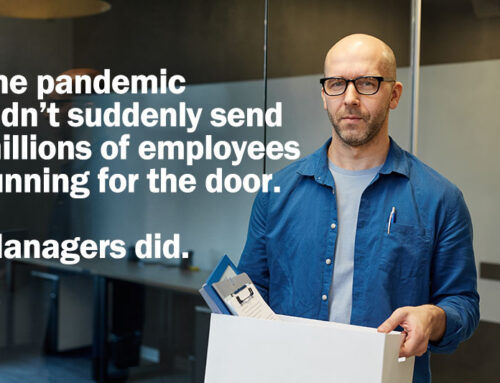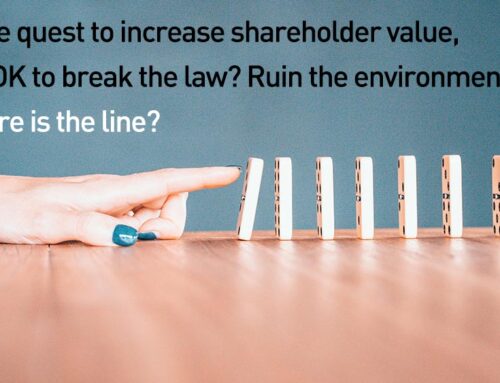In Silicon Valley, people see failure as a necessary part of innovation. If you don’t fail, you’re not taking the risks that can lead to a breakthrough. You’re not risking enough little things to come up with the next big thing.
This is true not only in Silicon Valley, but across the country and across industries. Risk and innovation are behind every new product, every upgrade to an existing product, every process improvement, and every aspect of your marketing.
And in the right environment, innovation comes from all kinds of employees at all levels.
Innovative employees can spot inefficiencies. They can identify ways to improve your customer experience. They can detect safety hazards and suggest ways to reduce waste.
There are other benefits, too. When employees innovate, they feel more connected to the company and a greater part of its success.
But innovation requires two kinds of risk. There is a constructive risk — trying something that might fail. Constructive risk has obvious outcomes. Taking this kind of risk either leads to success or failure, or it reveals something unexpected. Employees who take constructive risks are heralded as heroes if they succeed and seen as noble warriors if they don’t.
But first, there must be personal risk — someone must be bold enough to suggest that change is necessary. This kind of risk can have much murkier outcomes.
In the right environment, an employee who steps up and suggests an improvement will be recognized as having the company’s best interest at heart, and they will be rewarded.
But in an anti-innovation environment, one filled with sacred cows and ego-involved managers, they will be ignored or punished.
Innovation Roadblocks
Managers create anti-innovation workplaces when they believe employees have little to offer beyond their job duties — that good ideas only come from above. Managers amplify personal risk when they are arrogant and when they mistake feedback for insubordination. They kill innovation when they don’t communicate well and fail to give their employees business context.
Insecure managers are afraid of making waves, so they stifle innovation because they are too scared to take the personal risk of supporting it. Credit-hungry managers may support innovation, but only so they can take credit for its success. If the plan fails, a bad manager will blame the employee who spoke up. That makes the personal risk too great, and employees stay silent.
Anti-innovation managers are cheating the company. They get less value out of their people than they should because they make it too risky for employees to innovate. Their workplaces are filled with distant, unengaged employees, and things that could be made more efficient, improved, or fixed are left alone.
Innovation requires safe spaces and managers who know how to create them.
Managers must lower the personal risk at the heart of innovation. Employees must feel their ideas will be welcome and they will be at least protected, and ideally, rewarded.
Start by understanding what employees need in order to step forward. Before an employee will take the personal risk required to propose change, four things must happen:
- The employee must be engaged enough in their jobs to care about the company, team, product, or customer
- The employee must be well informed about the business so they can be confident their ideas will be fresh and useful
- The employee must feel safe expressing new ideas, and confident their manager won’t be defensive, dismissive, or fearful
- The employee must believe their manager will give them credit for their contribution, and that their involvement will not be forgotten as others step in to execute
Smart companies hire and train managers who inspire innovation at all levels and reward it when they see it.
These companies recognize the value of employees who think beyond their job descriptions and work to make the organization better. And they understand that their managers hold the keys to attracting, nurturing and keeping these engaged employees.
To learn more about how to be a successful manager, read Don’t Be a Dick Manager: The Down & Dirty Guide to Management. It’s the management training you never got, available on Kindle and in paperback from Amazon.com. The audiobook is available from Amazon, Audible and iTunes.
Do you think you might be a dick manager? Take the quiz!
(This post first appeared in the Society for Human Resource Management blog.)








Leave A Comment
You must be logged in to post a comment.